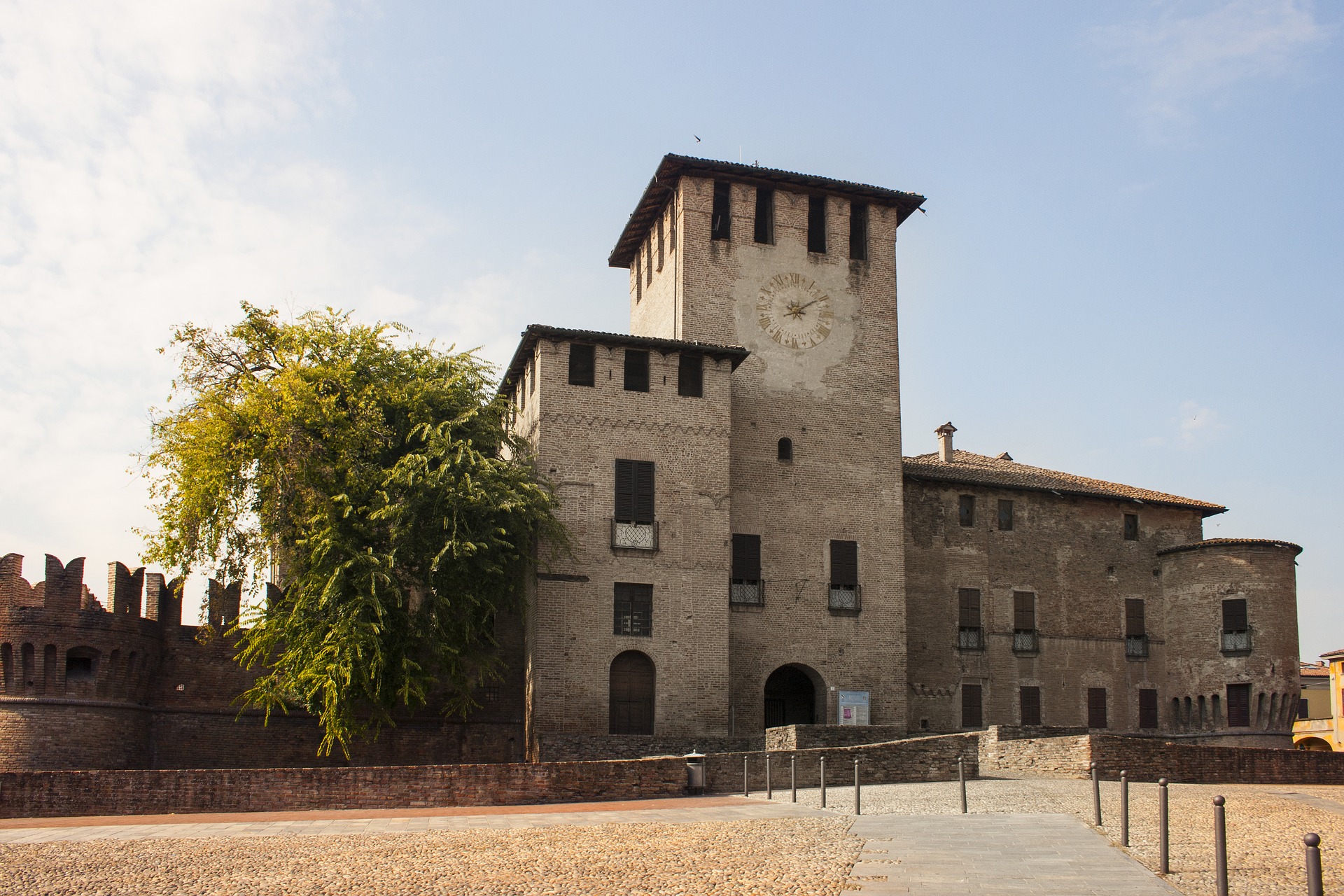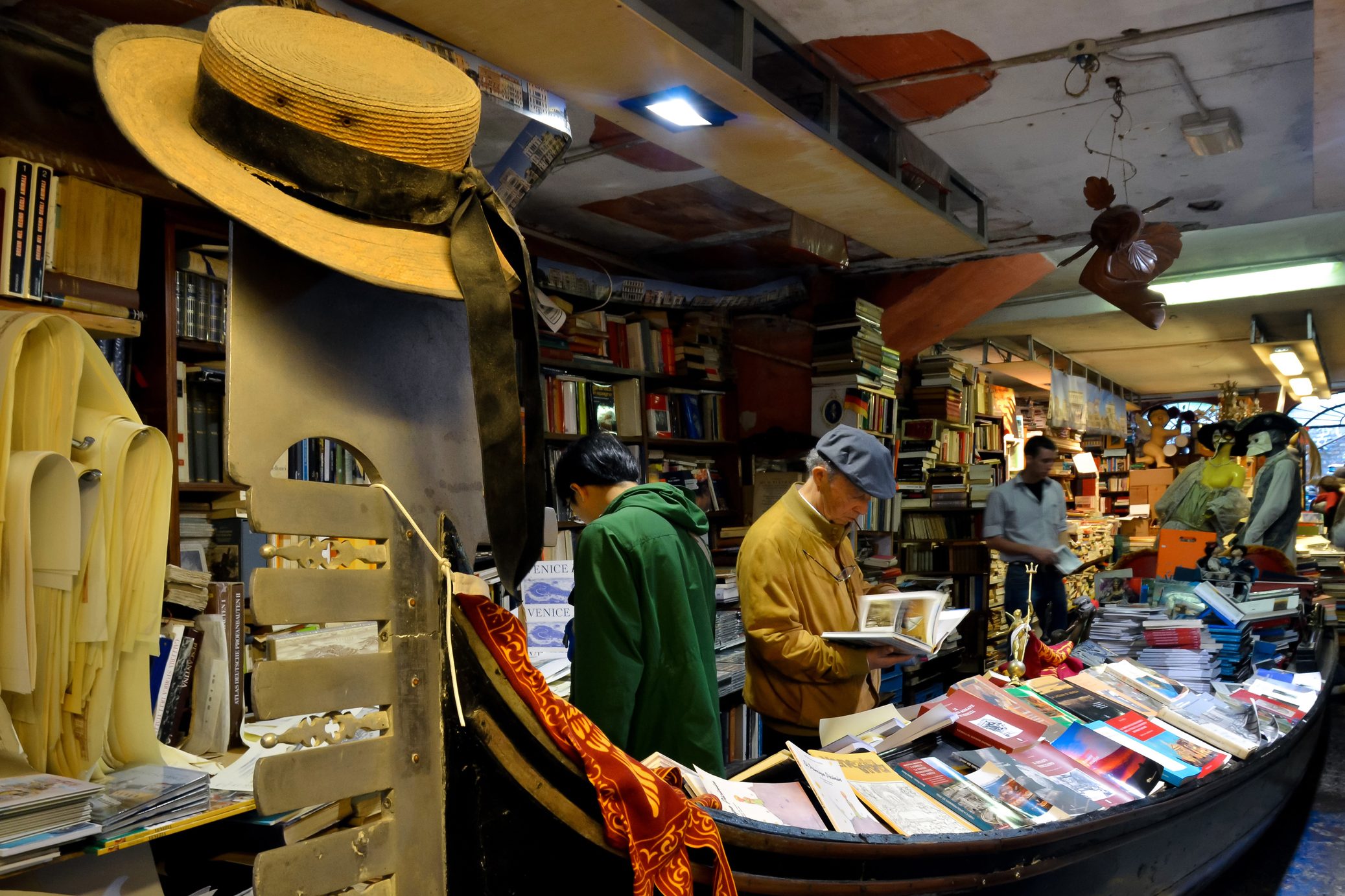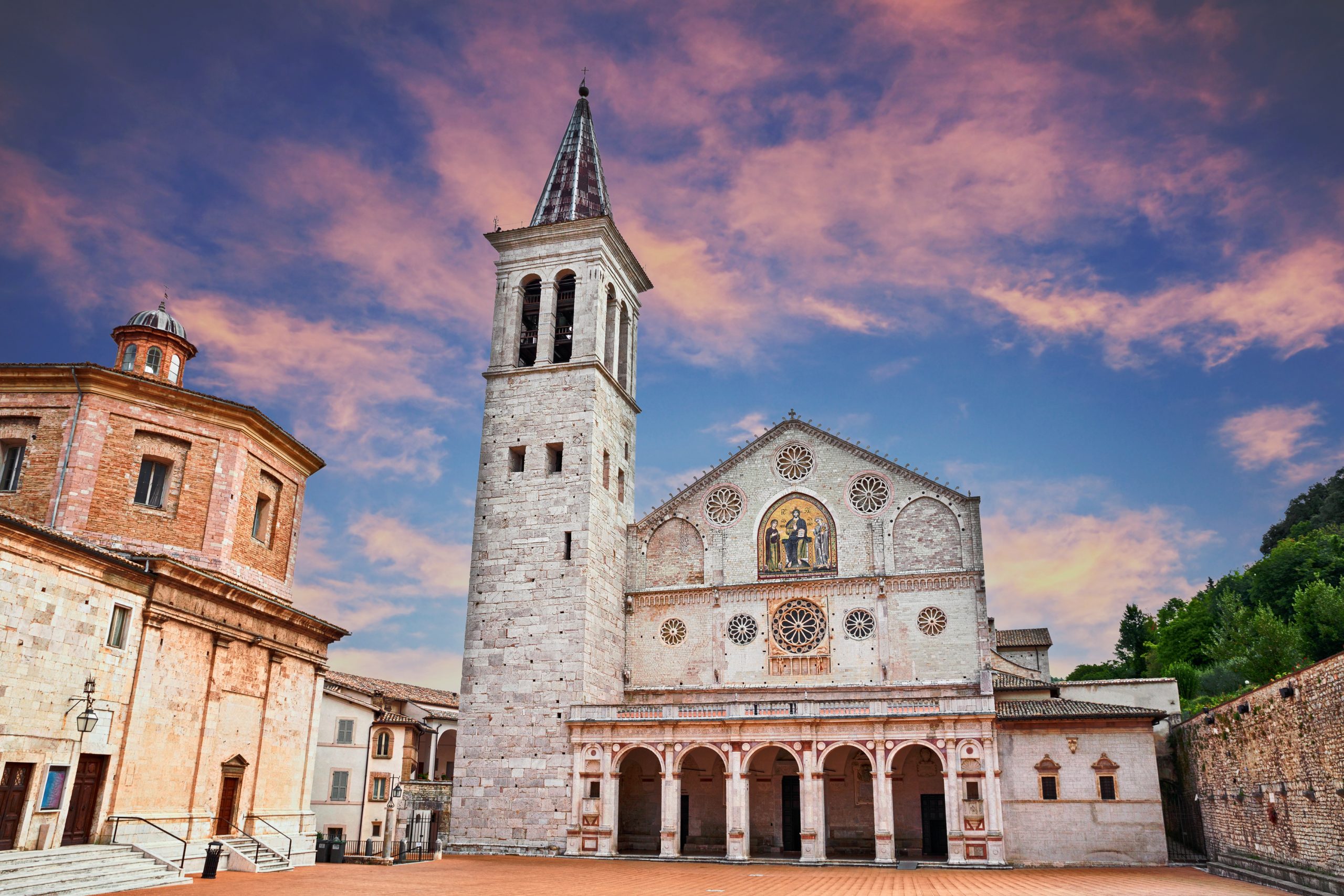From North to South, from East to West, Italy is dotted with quaint little villages -some perched on hill and mountain sides, some overlooking lakes or on the seashore, some surrounded by the countryside- villages that are truly unique and offer visitors a chance to see, taste and experience Italy in a much different, definitely more genuine way.
In the next three weeks we will embark in a virtual trip from the peak of the Alps to the shores of Sicily and get to know some of them, their traditions and what sets them apart from the rest, making them worth a visit. In this first installment we’ll visit six borghi located in Northern Italy: don’t miss the next articles about villages in Central and Southern Italy.
Chiusa, Trentino Alto Adige. Nestled between the cliff of Sabiona, the Isarco river and the Tinne stream, this typical Tyrolean town has an Austrian feel while also keeping its Italian charm. Famous for being an artist retreat, Chiusa features breathtaking views of the Dolomites and several historical buildings, including the former Oriso Grigio Hotel, dating back to 1335 and the Chapel of the Crypt, built in 1439.
Café culture here is key, as it is in nearby Austrian towns, while the best products to savor during your stay are speck, the local smoked prosciutto, and knödel, large bread dumplings served with browned butter.
Gradisca d’Isonzo, Friuli Venezia Giulia. A fortified village conceived as a bastion against the Turkish incursion of the 15th century, Gradisca is a handsome baroque town with stunning palaces with imposing facades and a lovely Duomo. Walking along the village perimeter of the Venetian walls, designed by none other than Leonardo da Vinci, is a worthy experience itself and the perfect way to work up an appetite: make sure you try the jota, a local soup prepared with beans, cabbage and pork ribs, and wash it down with one of the many excellent wines produced in the area.
Borghetto, Veneto. This gorgeous little town is famous for its old windmills on the river Mincio and for its rich history and architecture. Watching sunset over the river can be a truly unforgettable experience as the ancient towers and bridges loom on the horizon: the Ponte Visconteo dates back to 1393 and is quite unique in its genre. Perch and trout from the river are at their best when paired with local whites such as Custoza and Bardolino.
Vogogna, Piemonte. A visit to the ancient capital of the Ossola Valley should start outside the village center, at the Oratorio di san Pietro, an ancient Parish with Longobard origins where you can admire some stunning frescos from the 15th century. The village itself also features several historical points of interest that range from palaces such as Villa Biraghi Lossetti, built in 1650, to a much older building, the Marchesa House, dating back to 1350. The local specialty is gnocchi all’ossolana, chestnut flour dumplings with butternut squash served with melted butter.
Fontanellato, Emilia Romagna. Located near Parma, Fontanellato is a shining example of Renaissance architecture: elegant and aristocratic the Rocca Sanvitale, the town fortress, draws history buffs from all around Italy and features interesting frescos by famous master Parmigianino dating back to 1524. The botanical gardens of Villa Gandini and the Teatro Comunale are, too, worth a visit. The area is rightly famous for its decadent food specialties: prosciutto, culatello and cold cuts in general are top notch, as are all types of stuffed pastas, such as ravioli, tortelli and cappelletti.
Castelvecchio, Liguria. The oldest and most characteristic of the villages of the Val Neva, this borgo takes his name from the old castle that rises above it at 1142 meter over sea level (3300 feet). Stroll down the cobblestone alleys, take in the old stone houses, the roof terraces and the tufa stone walls: Castelvecchio oozes timeless charm and is proud of its medieval looks. Located on the Trail of Wine and Olive Oil, this village has a lot to offer when it comes to gastronomy: strong local Vermentino is perfect with fresh borage ravioli.
Cassinetta di Lugagnano, Lombardia. A stone throw’s away from the hustle and bustle of Milan, the adjacent villages of Cassinetta and Lugagnano lay on opposite sides of the Naviglio Grande -the canal that connects Milano to the Ticino river- and are connected by a bridge. Here you can admire beautiful villas from the 1700s, such as Villa Negri and Villa Cattaneo Krentzlin, and the old mill of the Pazza Biraga. Rice and blue cheese are local favorites: try both by ordering a decadent risotto al gorgonzola.






























